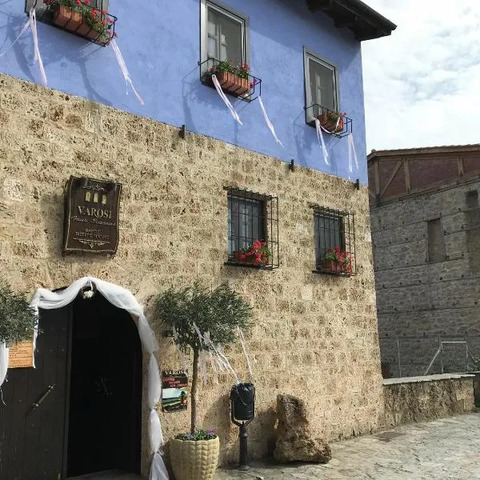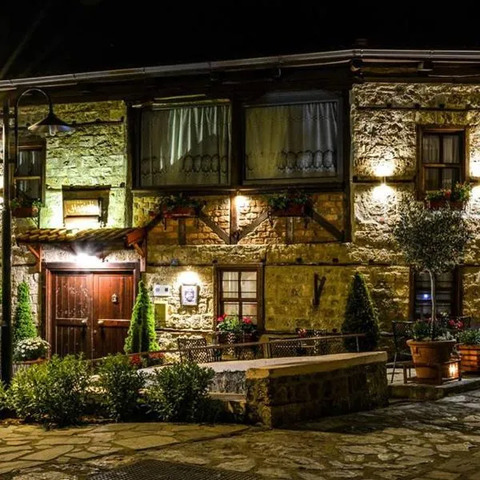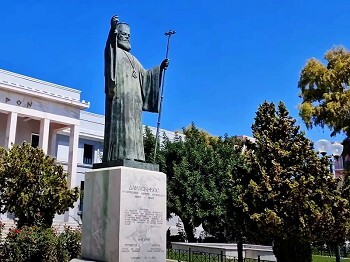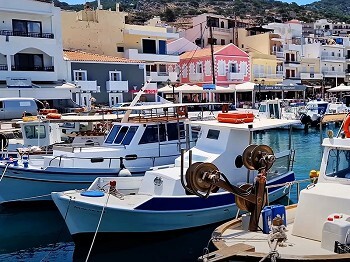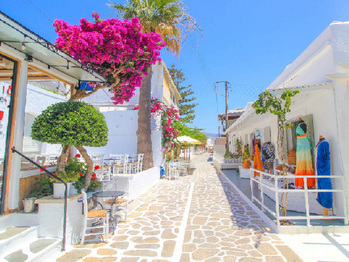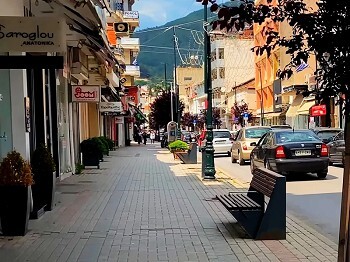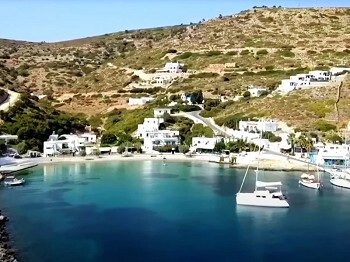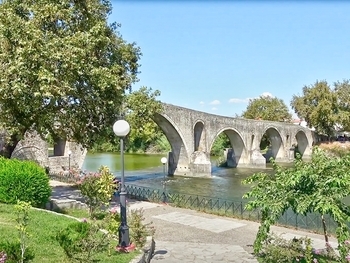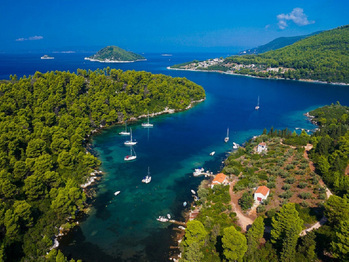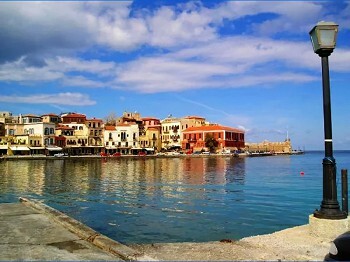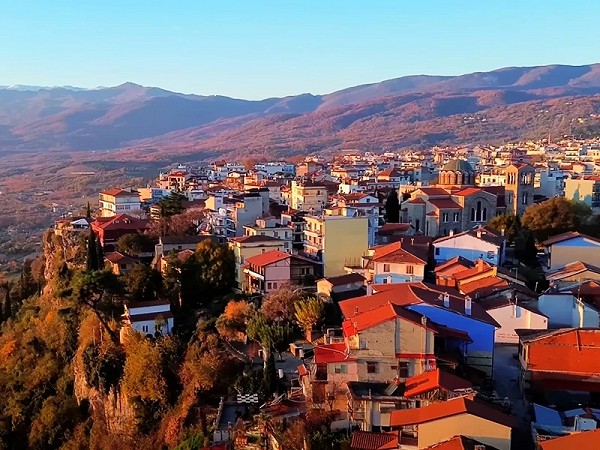
Pella Prefecture, located in northern Greece, is a treasure trove of historical and cultural wonders. From ancient Macedonian Ruins to Byzantine Relics, this region offers a captivating journey through time. In this article, we’ll delve into the must-visit historical sites in Pella Prefecture, providing insights into their Significance and what makes them worth exploring. Whether you’re a history enthusiast or simply curious about Greece’s past, these destinations are sure to fascinate and inspire.
We suggest for your stay:
Still Looking for the Perfect Stay?
1. The Ancient City of Pella: Capital of Macedon
The ancient city of Pella, once the thriving capital of the Macedonian Empire, stands as a testament to the grandeur of Alexander the Great’s era. As you wander through the archaeological site, you’ll encounter well-preserved Ruins that reflect the city’s former splendor. The layout of the city, with its grid-like streets and impressive mosaics, offers a glimpse into the advanced urban planning of the time.
Key Highlights:
The Palace Complex: Explore the Remains of the royal residence, including intricate mosaic floors that depict mythological scenes.
The Agora: This Central marketplace reveals the social and economic life of Ancient Pella.
The Theatre: An ancient performance space where you can imagine the lively cultural events that once took place.

2. Vergina: The Royal Tombs and Museum
Nearby Vergina, known for its rich archaeological finds, is home to the royal tombs of Macedonian kings, including those of Philip II, Alexander the Great’s father. The site, now a UNESCO World Heritage site, provides an exceptional glimpse into the opulent burial practices of the Macedonian elite.
Key Highlights:
The Great Tumulus: Explore the impressive burial mound that houses the tombs of Macedonian royalty.
The Museum of Vergina: Marvel at the exquisite Artifacts, including gold Jewelry, armor, and the famous Macedonian shield.
The Antechamber: See the Artifacts that were interred with the royal dead, offering insight into their afterlife beliefs.
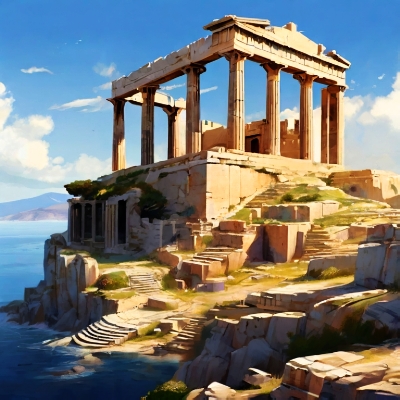
3. The Byzantine City of Edessa: Ancient Ruins and Stunning Waterfalls
Edessa, known for its beautiful Waterfalls and rich Byzantine history, offers a unique blend of Natural beauty and Historical significance. The ancient city’s Ruins, coupled with its picturesque landscape, make it a fascinating destination for visitors.
Key Highlights:
The Waterfalls of Edessa: Enjoy the breathtaking Views of the Waterfalls that cascade through the city, adding a natural element to the historical Experience.
The Byzantine Walls: Walk along the remnants of the city’s defensive structures, which Date back to the Byzantine era.
The Archaeological Museum: Discover Artifacts from the Byzantine and Roman periods that illustrate the city’s historical evolution.
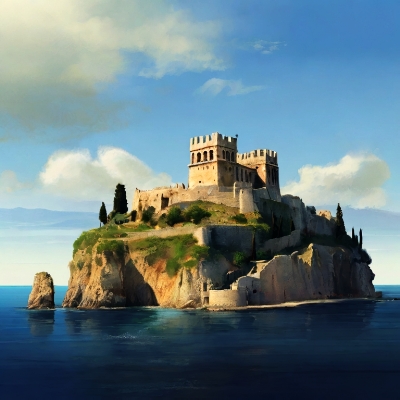
4. The Monastery of Vlatadon: A Byzantine Masterpiece
The Monastery of Vlatadon, perched on a hill overlooking the city of Thessaloniki, is a well-preserved example of Byzantine Architecture and art. Founded in the 14th century, it provides a serene Setting to explore Byzantine religious practices and artistic achievements.
Key Highlights:
The Frescoes: Admire the stunning Frescoes that adorn the monastery’s walls, depicting scenes from Byzantine religious life.
The Library: Explore the monastery’s library, which houses ancient manuscripts and religious texts.
The Panoramic Views: Enjoy breathtaking Views of the surrounding area from the monastery’s elevated location.

5. The Archaeological Site of Dion: Sacred City of the Macedonians
Dion, located at the foot of Mount Olympus, was an important religious center for the Macedonian kings. The site includes a range of ancient Ruins, from Sanctuaries to public buildings, reflecting the city’s Significance in ancient Macedonian culture.
Key Highlights:
The Sanctuary of Zeus: Visit the Remains of the grand sanctuary dedicated to Zeus, the chief deity of the Greek pantheon.
The Roman Theatre: Explore the Roman-era Theatre that once hosted dramatic Performances and public events.
The Ancient Stadium: Discover the stadium where athletic Competitions were held, reflecting the city’s cultural and sporting life.
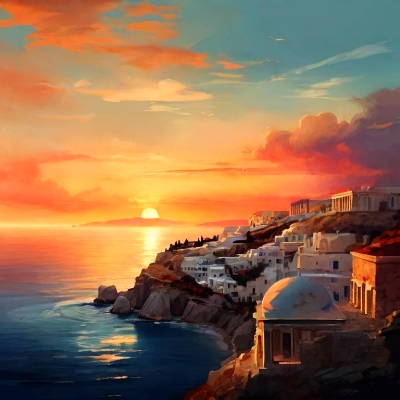
6. The Church of Saint Nicholas in Aridea: A Byzantine Jewel
The Church of Saint Nicholas in Aridea, with its intricate Frescoes and historic Architecture, stands as a testament to the region’s Byzantine Heritage. Built in the 11th century, this church is a fine example of Byzantine ecclesiastical art and Architecture.
Key Highlights:
The Frescoes: Observe the well-preserved Frescoes that adorn the church’s interior, depicting scenes from the lives of saints and biblical narratives.
The Iconostasis: Admire the beautifully carved wooden Iconostasis, a Central feature in Orthodox churches.
The Architectural Details: Explore the church’s architectural elements, including its distinctive domed roof and intricate stonework.
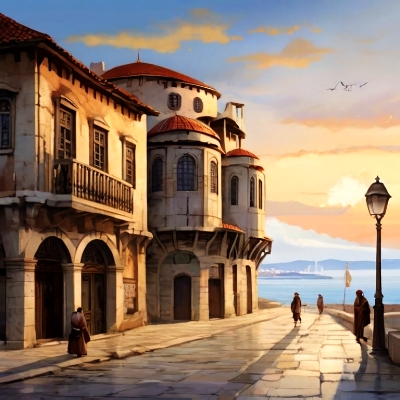
7. The Ruins of Palatitsia: A Glimpse into Ancient Macedonian Life
Palatitsia, an ancient settlement near the modern town of Pella, offers insights into daily life in Macedonian times. The site’s Ruins include residential areas, public spaces, and Artifacts that shed light on the everyday activities of its former inhabitants.
Key Highlights:
The Residential Quarters: Explore the Remains of ancient homes and understand the domestic life of the city’s residents.
The Public Baths: Visit the Ruins of public baths, reflecting the social aspects of ancient Macedonian culture.
The Artifacts: Examine Pottery, tools, and other items that were used in daily life, providing a tangible connection to the past.

8. The Old Monastery of Panagia Soumela: A Historic Spiritual Haven
Located on the slopes of Mount Vermio, the Old Monastery of Panagia Soumela is a significant religious site with a history dating back to the 9th century. The Monastery, dedicated to the Virgin Mary, is renowned for its historical and spiritual importance.
Key Highlights:
The Icon of Panagia Soumela: View the revered Icon of the Virgin Mary, which has been a focal point of Pilgrimage for centuries.
The Monastic Complex: Explore the various parts of the Monastery, including the church, Dining hall, and living quarters.
The Scenic Location: Enjoy the monastery’s serene Setting and panoramic Views of the surrounding landscape.
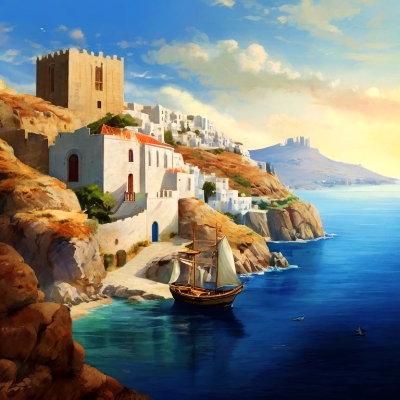
Conclusion
Pella Prefecture is a region rich in historical and cultural Significance, offering visitors a unique opportunity to explore the past through its ancient Ruins, Byzantine structures, and religious sites. Each destination provides a distinct glimpse into different eras of Greek history, from the grandeur of the Macedonian Empire to the spiritual legacy of Byzantine Greece. Whether you’re interested in ancient cities, royal tombs, or religious Heritage, Pella Prefecture promises an unforgettable journey through Greece’s fascinating history.

